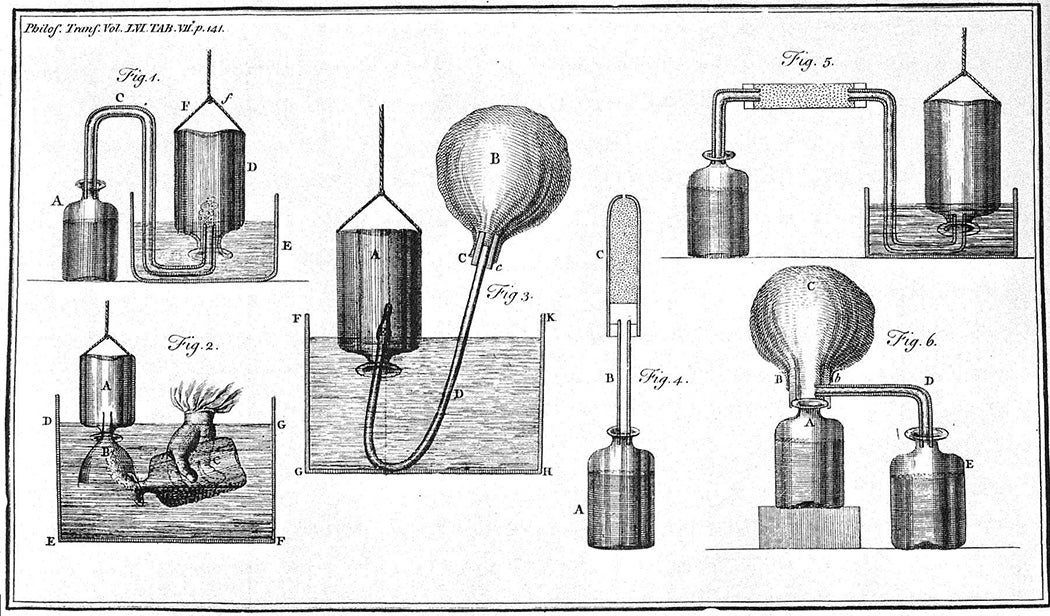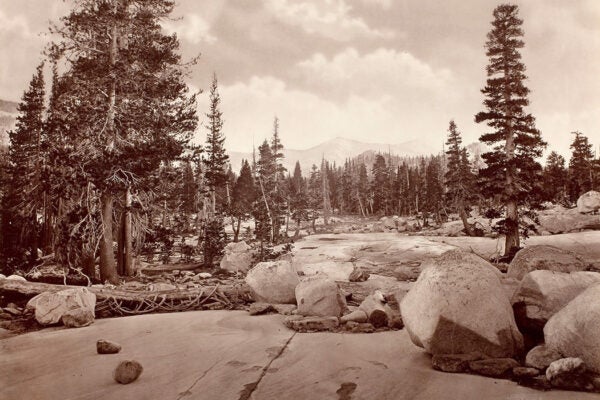In 1798, Henry Cavendish looked through his telescope into a darkened room. Inside the room, large lead spheres hung next to small two-inch counterparts, gravity bringing them slowly together. From their interactions, the British scientist deduced the mass of the Earth. The experiment cemented Cavendish’s place in history, but he conducted many more throughout his career.
Some accounts portray Cavendish as a strange recluse taking aimless measurements without publishing the results. But historian Russell McCormmach believes that this story misrepresents Cavendish’s work. According to McCormmach, Cavendish was carrying out a deliberate research program through a series of interconnected experiments.
During this period, scientists across the world were working through the implications of Newton’s theories. If celestial mechanics could be expressed in mathematical laws, they thought, perhaps the same could be done in other areas. Newton speculated that this might be done if you could study the forces acting on particles.
This idea captivated Cavendish, and McCormmach believes that this explains a seemingly meandering series of experiments. Cavendish would devise an experiment, then it would lead him down an entirely new path of inquiry. If he decided not to publish a result, writes McCormmach, it was because the meticulous scientist was not satisfied.
One line of inquiry started with experiments on heat—Cavendish studied burning, fermentation, and dissolving substances. But measuring particles in motion had to be done indirectly, so it was difficult to get satisfying results. McCormmach believes that Cavendish “was acutely conscious of the incompleteness of his ideas” and chose not to publish these experiments. Instead, he began experimenting with air. He used a variety of materials, all of which he “was explicitly thinking about in the context of his last heat experiments,” writes McCormmach. He dissolved some of these in acids, observing the gasses released by the reactions.

After publishing his experiments on air, Cavendish focused on electricity. He reproduced an experiment run by other scientists, in which they introduced electricity into a chamber filled with gasses. It created “a good deal of heat and light,” and dew accumulated on the chamber’s interior.
Cavendish and his peers were still thinking about phlogiston, a proposed fire-like element, at this point, but his interpretation of the result was unique. He theorized that “dephlogisticated and inflammable airs are respectively water deprived of phlogiston and phlogiston united to water,” writes McCormmach. Cavendish may have been anticipating that water was composed of hydrogen and oxygen.
His interpretation was based partly on very accurate measurements of weight. Because of his expertise in this area, the English government even employed him to weigh alcohol for accurate taxation.
It was this interest that led Cavendish to measure the density of the Earth using an experimental device devised by John Michell. Cavendish isolated the suspended weight to prevent outside forces, which is why he used a telescope to take measurements.
“We might think of Cavendish as the man who weighed superlatives,” writes McCormmach, “the most valuable thing, gold; the vilest, alcohol; the lightest, hydrogen; and the heaviest, the Earth.”







